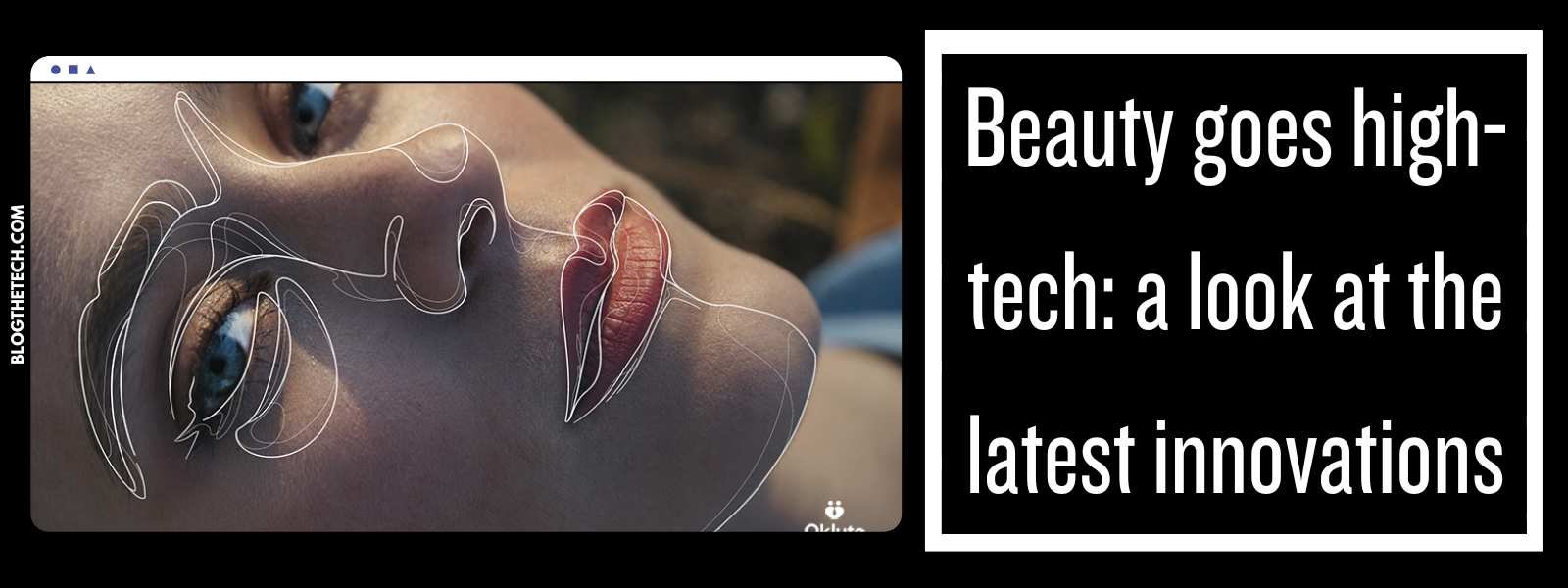The entertainment industry has had its flair for technological innovations over the years. We’ve even seen it make it easier to try rugby betting odds. These technologies have influenced the quality of pre-production, post-production, and audience interest in what the evolving entertainment industry has to offer.
From the fascinating black and white television to the enchanting color TV to the now multiple streaming platforms like Hulu, Netflix, Prime Video, etc., a lot has changed in how technology has changed the entertainment industry and elevated the experience of viewers globally.
With technological innovations happening in most sectors in the 21st century, the entertainment industry will continue to evolve to better suit consumers’ needs.
Six Technological Innovations in the Entertainment Industry
In this article, we’ll discuss six technologies that are seeing the progress of the entertainment industry and changing viewers’ experiences.
Algorithmic Video Editing
The algorithm of Video Editing is the cutting and reassembling of video footage by following a score or schema. This technology makes video editing as effortless as editing texts.
In filmmaking, sometimes, actors fail to remember the most crucial line, which may negate the essence of the intended message. When this happens, directors and editors may feel the need for a reshoot of the whole movie costing the production team more energy and resources.
This is where algorithm video editing tech comes in. Algorithmic editing embodies the merge between old ways of filmmaking and modern technology. It automatically cuts and merges relevant scenes to match the production style.
In documentaries, Algorithm editing is used to categorize scenes shot during production by identifying similar visuals, like geographical location and faces. The technology can also be used to change the dialogue spoken by an actor after it has been videoed.
While filmmaking’s future is unlikely to fall to robots, algorithmic video editing technology in the entertainment industry is becoming popular amongst filmmakers. This technology is yet another tool that tech-savvy editors can use to manage and make post-production easier, more efficient, and more effective.
3D Printing

3D printing has left its footprint in medicine, architecture, automotive, and, most recently, the entertainment industry.
The most common use of 3D printing in film production is creating props like food, weapons, equipment, statutes, etc., on the screen to make them look real.
3D printing is a technological innovation that will stay in the game for a long time as it helps lower production cost, is scalable, and is time-saving. It brings out a detailed final artwork that is enjoyable to viewers.
Movies like Iron Man (2010), The Hobbit Trilogy (2012-2014), Black Panther (2018), Maleficent (2014), and so much more were all created with 3D technology.
Previsualization in 3D
3D previsualization, also known as previs, wireframing and prerendering, is the process of visualizing complex scenes before filming a movie.
Previsualization in 3D helps directors, producers and stakeholders understand what the movie will look like after it’s been produced before going entirely into production. This process helps them to preempt anything that may hinder or slow the production process.
Employing the use of 3D previsualization software helps everyone involved storyboard digitally. It enables the team to ensure that the intended vision for the film is being well captured on the set of the movie.
Real-Time Rendering

Real-time rendering is software used to generate a scene interactively. Real-time rendering has its focus on interactivity and virtual production.
It is a new technology that allows filmmakers to combine virtual and realistic elements for a seamless production. The technology enables changes to be made instantly without tedious long workflow hours.
This new technological innovation changes the relation between digital and physical elements in real-time, allowing filmmakers to work faster with accuracy and more opportunities like never before. It gives a better kind of excitement to the viewing, and you can tell that the experience is more immersive with this technology.
Volume Technology
Volume technology is one of the latest additions to the future of technological innovations in the entertainment industry. The volume has been used in producing high-budget, high-profile movies like The Batman and The Mandalorian.
The software uses massive LED walls to show pre-recorded images in the background of film production while simultaneously filming live-action elements in the foreground. This process was invented to attain in-camera arrangements of virtual and physical features seamlessly.
Camera
The camera is the oldest technological innovation in filmmaking. It is also the most dynamic and most used technology. Over the years, this technology has been upgraded and used beyond the preconceived notions regarding functionality and ease of use.
Cameras were once stationary with a limited color of white and black, but in recent years, we now have transportable or movable cameras. For instance, an entire movie can be shot using the camera from your phone, and portable cameras can be fixed on a drone to capture beautiful moments or shoot a part of an entire movie.
These cameras combine features and capacities in ways many would have once thought unthinkable, bridging the gap between the historical black-and-white cameras and the future of filmmaking.





